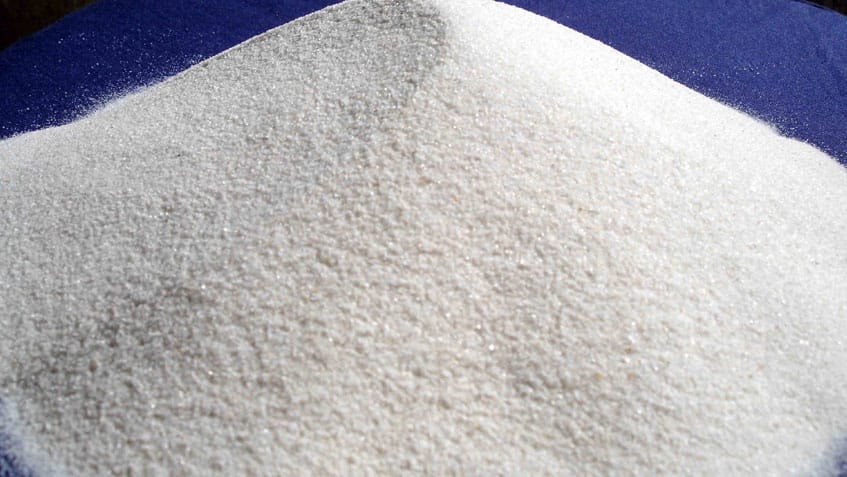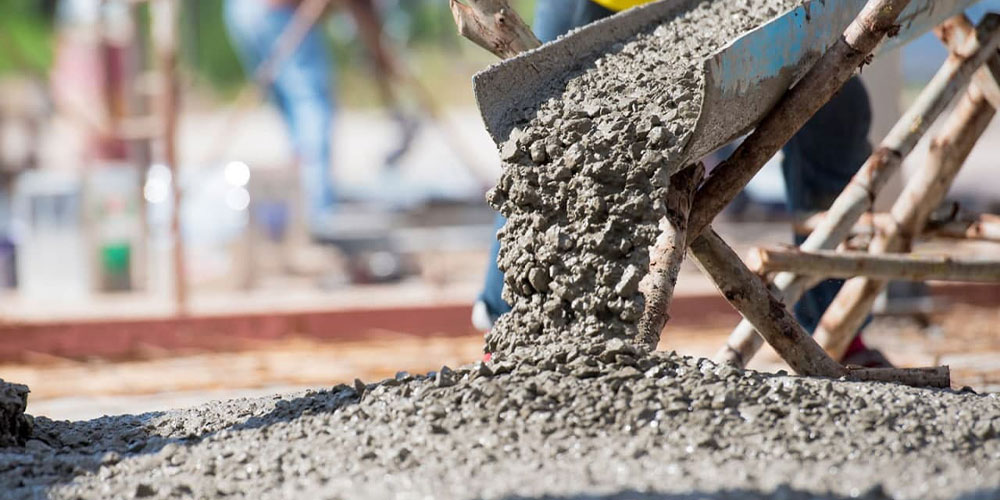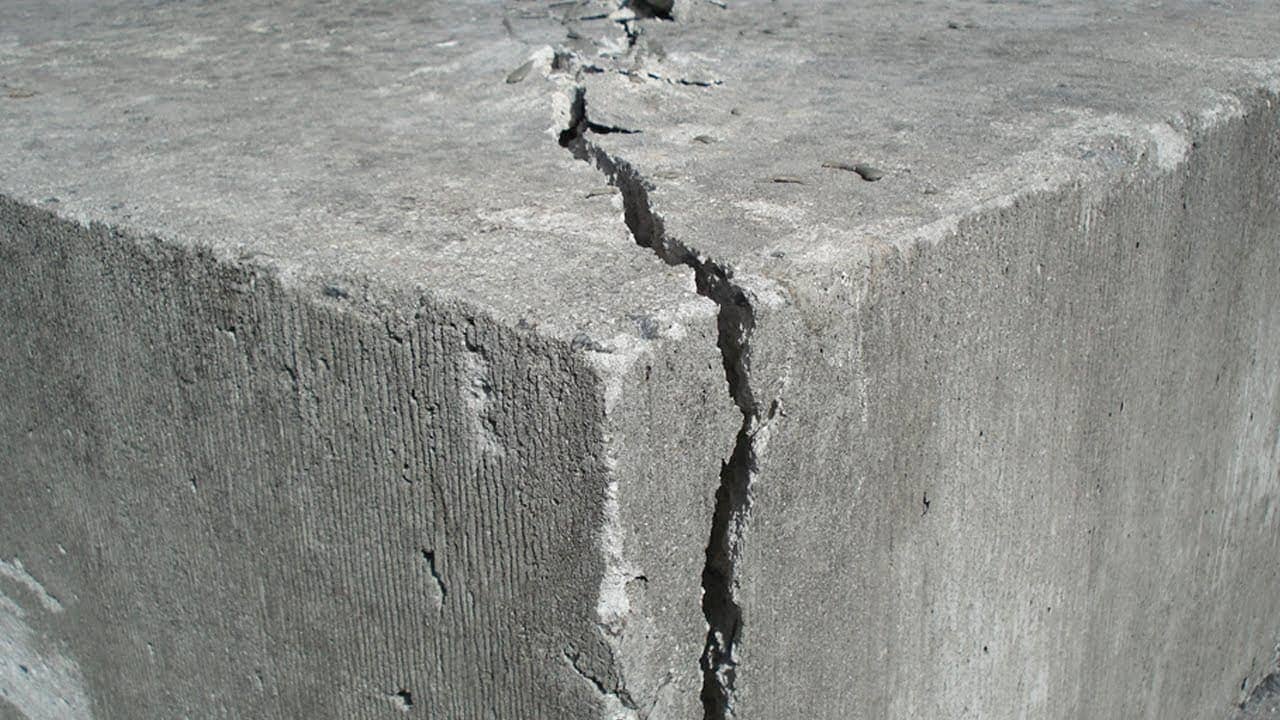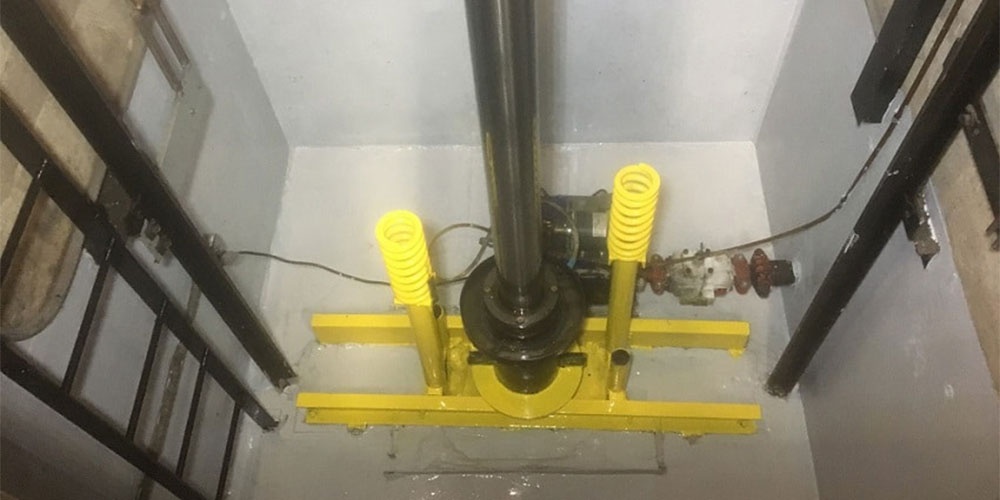A glass is an unstable alkaline material that can cause issues in concrete environments due to alkali-silica reaction (ASR). This property has been utilized as an advantage in crushing glass powder and using it as a pozzolanic material in concrete. The behavior of large glass particles in the alkali reaction cannot be equated with the actual behavior of glass powder in nature. Experience has demonstrated the benefits of the pozzolanic reaction of glass in concrete, allowing for the addition of up to 30% glass powder by weight of cement in some concrete mixes while achieving adequate strength.
Glass is produced in various forms (packaging, flat glass, light bulb bulbs, television bulbs, etc.), but all these items have a limited lifespan, and recycling them is deemed necessary to prevent environmental issues.
Commercial recycling of used glass involves transporting it to designated facilities for recycling, landfilling, or carbonate collection, followed by its transport to storage sites. The primary objective of environmental regulations is to minimize glass waste as much as possible and economically manage its disposal and chemical breakdown. Glass is a unique material that can be recycled repeatedly without altering its properties. In other words, a bottle can be melted down and reformed into a bottle with minimal change in its characteristics. Most of the glass produced is in the form of bottles, and a significant amount of collected glass is reused for bottle production. The effectiveness of this process depends on the method of collecting and sorting glass by different colors.
If the different colored glass is separable, it can be used to produce glass with similar colors. However, when differently colored glass is mixed, it becomes unsuitable for bottle production and must be repurposed or buried. Some uses for non-glass bottles include: road aggregate, asphalt cover, concrete aggregate, construction applications (glass tiles, wall panels, etc.), fiberglass, art glass, chemical fertilizers, landscaping, hydraulic cement, and more.
The use of glass in concrete raises concerns due to a chemical reaction between the silica particles in the glass and the alkalis in the concrete mix known as Alkali Silica Reaction (ASR). This reaction can be very detrimental to the stability of concrete; therefore, proper prevention measures must be taken to mitigate its effects.
Proper prevention can be achieved by incorporating a pozzolanic material such as fly ash, blast furnace slag, iron foundry sand, or silica fume (SF) into the concrete mix.
Glass powder effectively reduces the impact of ASR in accelerated mortar tests, similar to the effects of fly ash, micro-silica, and slag. This indicates that glass powder can halt ASR-induced expansion in sensitive aggregates and glass aggregates. From the above information, it can be concluded that glass can be utilized in three forms in concrete: coarse aggregate, fine aggregate, and glass powder.
Coarse and fine aggregates can cause ASR in concrete. However, glass powder can also reduce their ASR effects and is commercially very cost-effective.









